You may think you are raining on my parade. But in reality, my parade has already gone by and the lingering crowds of people are watching as you stand in the middle of the street pissing fiercely into the wind.
I'm not saying that a centrifugal supercharger in general is not capable of producing big gains at low rpm, ever, on any engine, with any configuration. As you said, it's just a matter of the supercharger's gearbox ratio.
However, we are speaking specifically about a centrifugal supercharger that is known to produce a peak boost of about 7-8 psi on an engine that revs up to 6500 rpm.
The boost produced by a centrifugal supercharger is directly proportional to the square of the speed of the supercharger, and therefore directly proportional to the square of the speed of the engine.
Due to the fact that increasing engine speed reduces the amount of time available for air to flow in the intake valves, the gain in torque of a centrifugal supercharger ends up being approximately directly proportional to the speed of the engine (not the square of the speed of the engine, as the boost pressure is). This means an approximately linearly increasing gain in torque across the entire rpm range.
Again, that is approximately linearly increasing torque gains, starting with minimal gains at very low rpm, increasing fairly steadily to maximum gains at/near maximum engine speed (gains may taper off a bit near max engine speed due to the compressor falling out of its efficiency range).
Armed with this knowledge of how centrifugal superchargers work, and within the context of the entire RIPP torque curve across the rpm range, I can quite confidently say that the large bump/hump in the torque curve at low rpms is unexpected. See the following picture where I have circled the area in question, and drawn a line that approximates a reasonable expectation for the shape of the torque curve. I'm not saying the shape of the torque curve is impossible. It could be something about tuning, relative to the stock tune being intentionally de-tuned in that area for various emissions/efficiency reasons, etc.. I'm just saying just that it's unexpected, so I'd like to see whether other people have gotten similar results to see if this "hump" is consistent, or is this just a misleading side-effect of how this specific dyno run was performed.
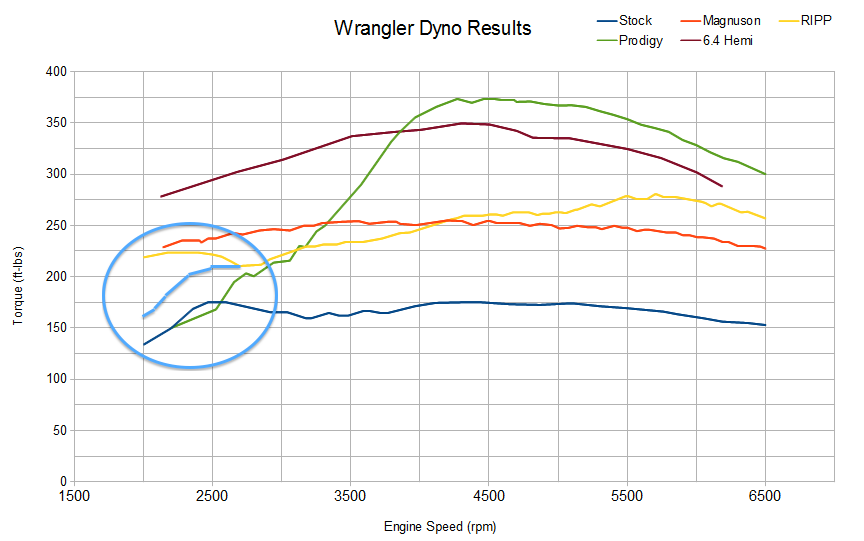
The truth is most likely somewhere in between.I'm also a bit suspicious of the dip in the stock torque curve in that same area (I've seen other stock dyno charts without this dip). If we assume that dip in the stock torque curve is a fluke, then this is about what I would expect from the RIPP torque curve:
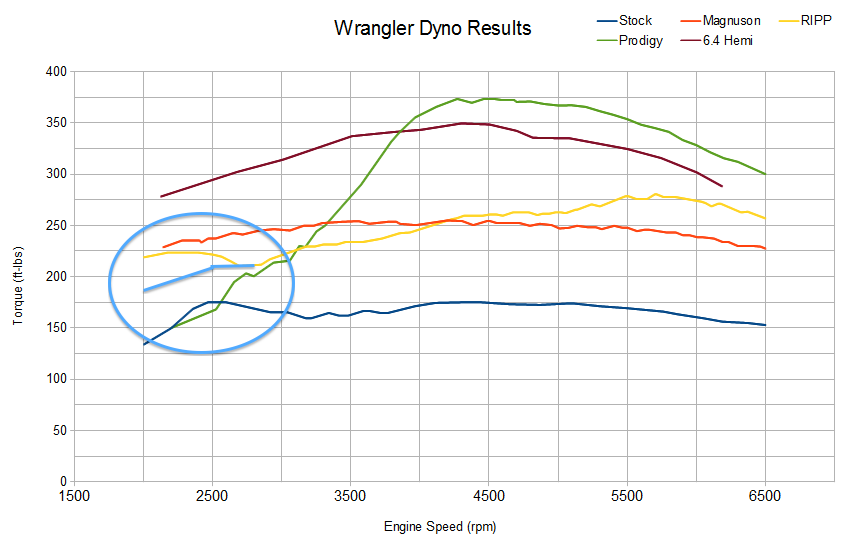





 Reply With Quote
Reply With Quote

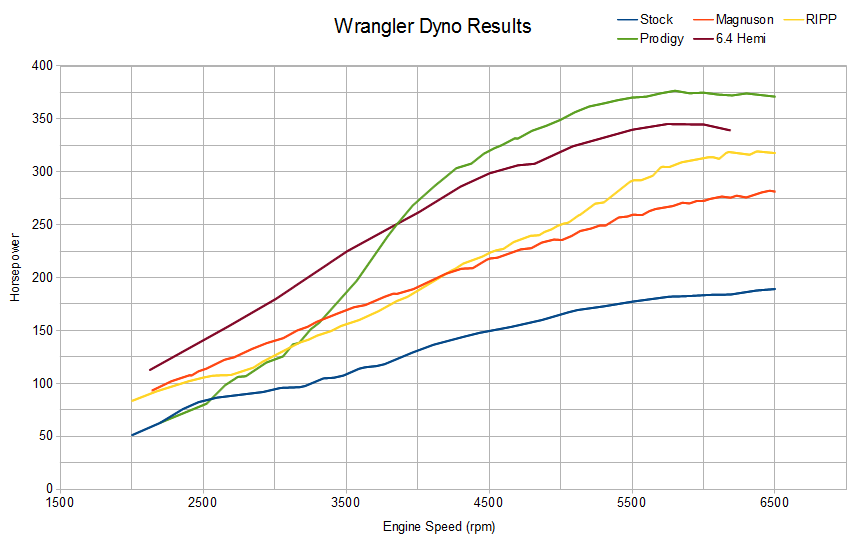
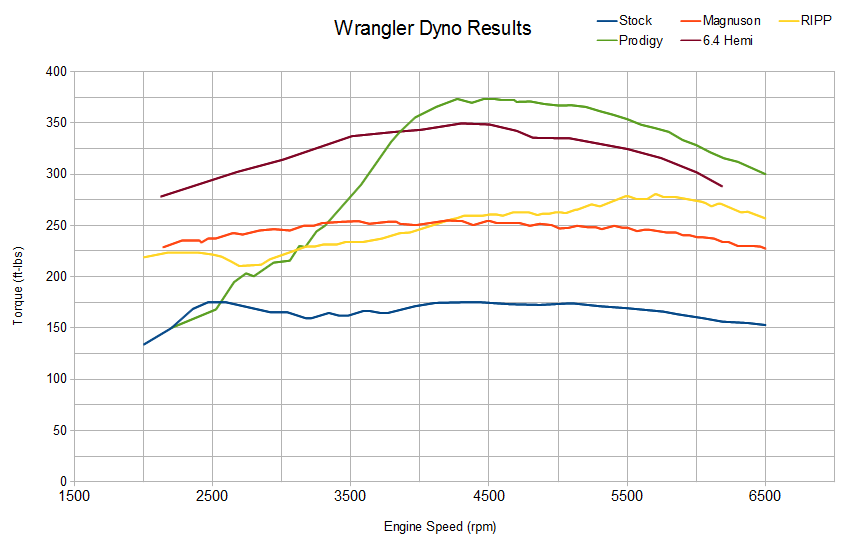
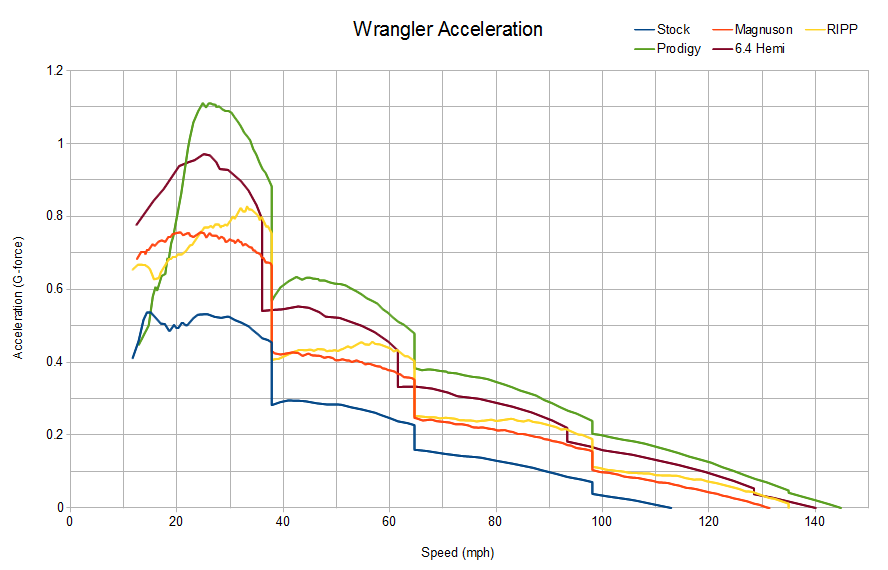
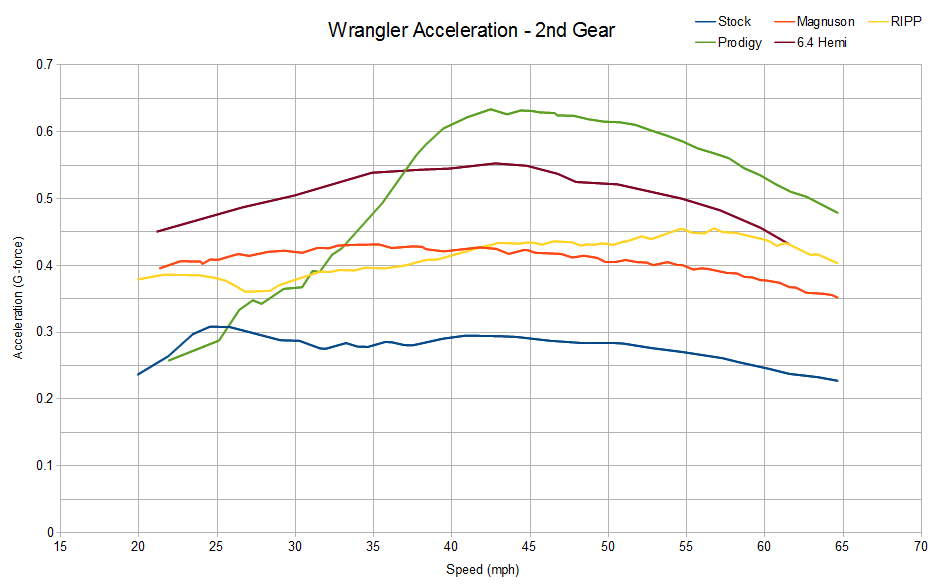
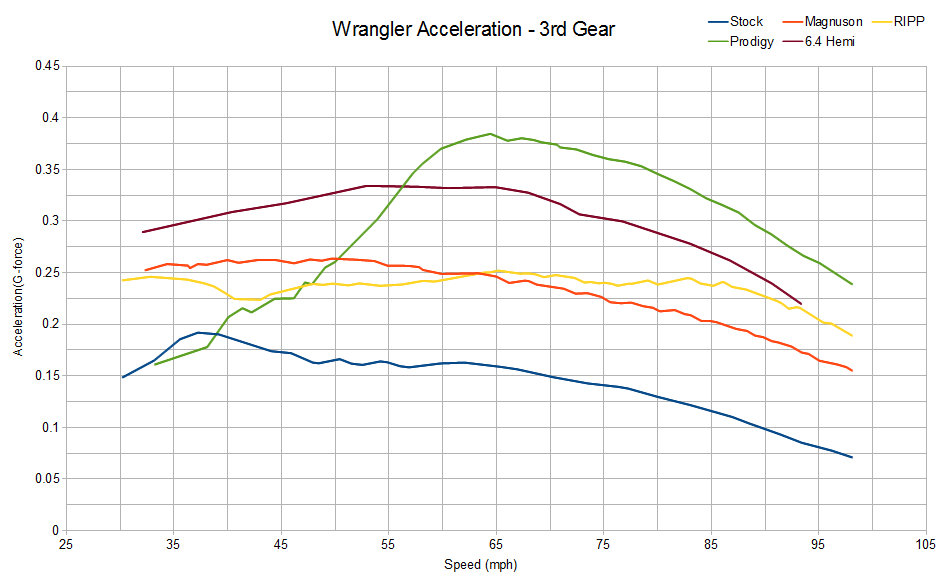
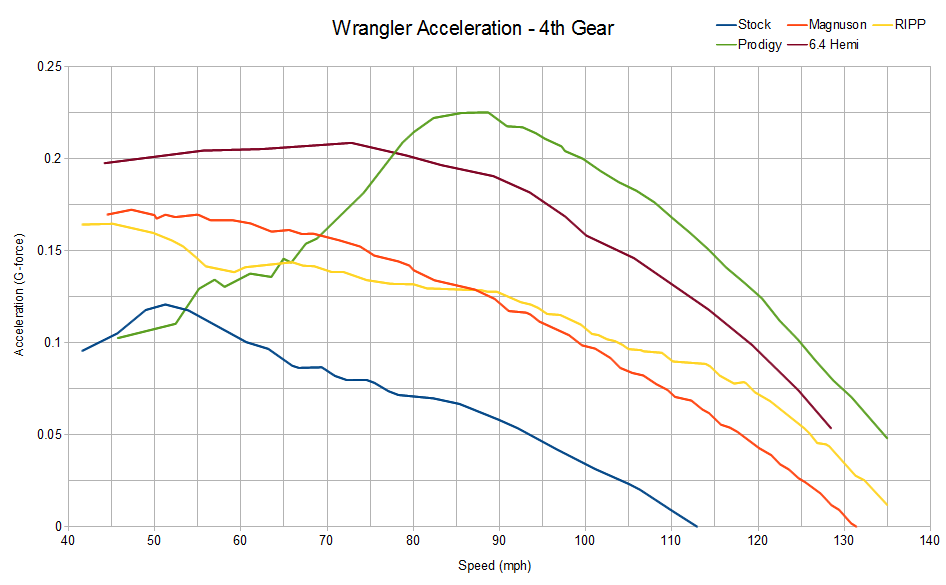
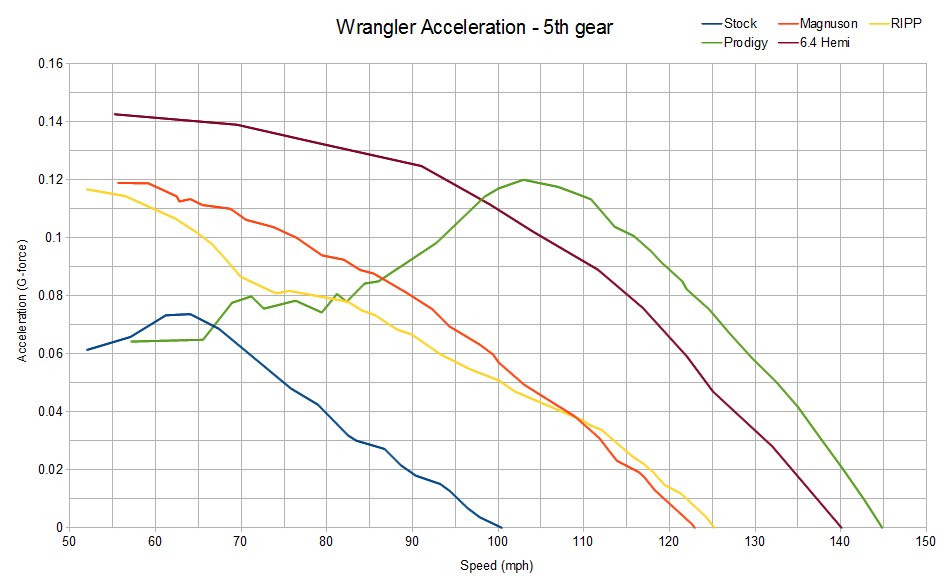
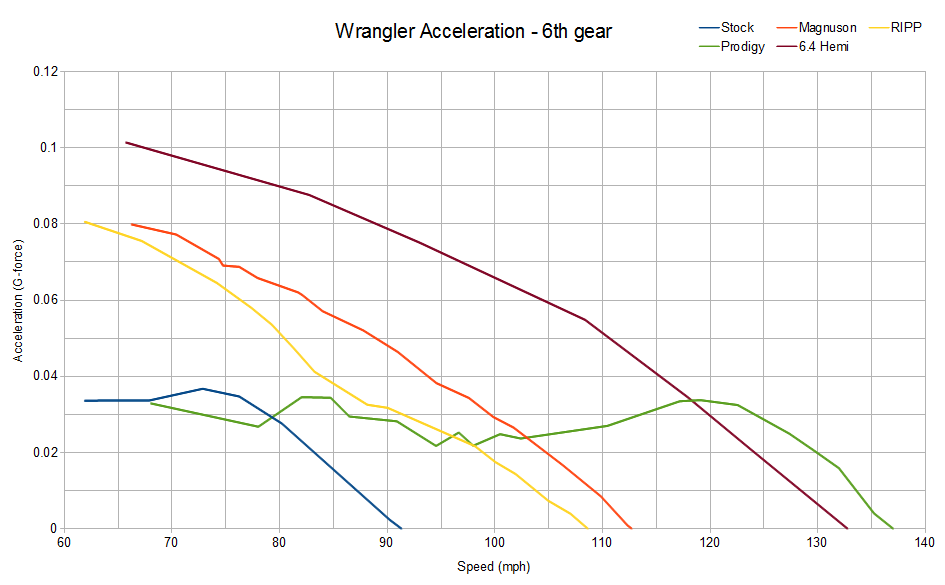




Connect With Us